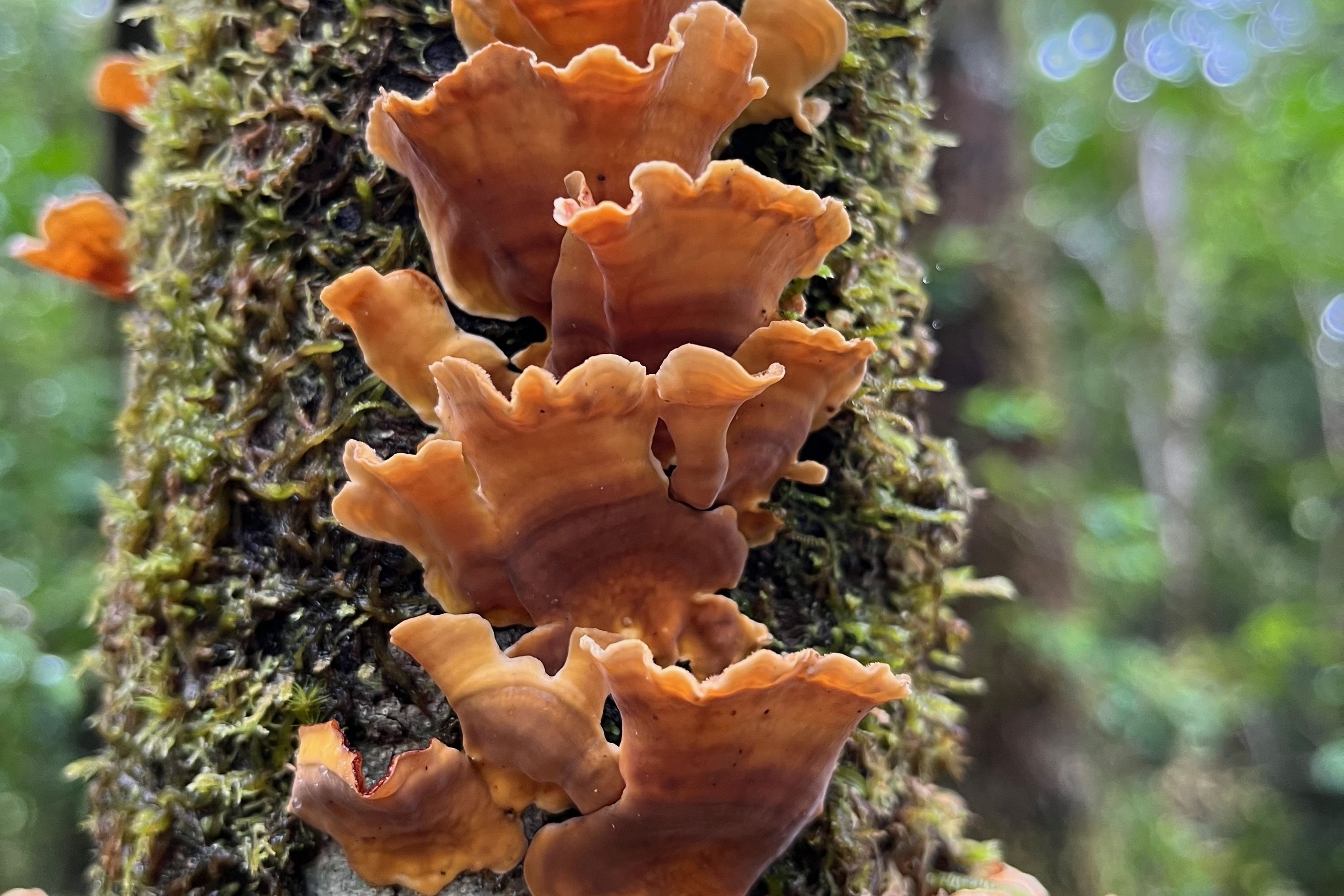Down on Dairy? From Almond to Soy to Hazelnut, a Closer Look at the Options for Milk Alternatives

Image: Michael Novak
While some dairies tout their organic cred and business like Neutral Milk work to make cow's milk carbon neutral, we have a hunch Portland’s very vocal vegan community would counter that the real way to care for the planet is to give up dairy completely. But nondairy milk has its own drawbacks when it comes to sustainability, though a lot depends on where you are. We compared five dairy substitutes to see which is the greenest of all.
COCONUT
Tasting notes: Creamy and rich. Is it just us, or are those undertones of pineapple? Sustainability score: 2 out of 10
Since coconut is grown in tropical locales, transporting said fruit contributes to greenhouse emissions. Not to mention that, due to high demand, native plants are often replaced with coconut trees, wreaking havoc on the ecosystem. Worst of all, harvesters may be exploited. If you must have coconut milk, look for Fair Trade certification, which calls for fair compensation for workers and the use of sustainable farming methods.
ALMOND
Tasting notes: Smooth, silky, and nutty, but the sugary aftertaste can overstay its welcome. Sustainability score: 3 out of 10
While almond orchards store carbon, it takes about 23 gallons of water to produce just one glass of almond milk. Since about 80 percent of the world’s almonds come from drought-stricken California, this is problematic. Also, almond milk production is pretty much a death sentence for the scores of bees sent over to pollinate the almonds due to pesticide exposure and disease, and loss of habitat from large-scale farming.
HAZELNUT
Tasting notes: Earthy and mouth-coating, notes of fudge and cacao. Sustainability score: 5 out of 10
Hazelnut milk gets a middling score because its production, like almond, uses a lot of water. But it might rank more highly for Oregonians since hazelnuts are grown right here in the rainy Pacific Northwest—in fact, 99 percent of the US crop is grown in the Willamette Valley. Not to mention they store significant amounts of carbon, and unlike almonds, they’re not bee murderers: hazelnuts are wind pollinated.
SOY
Tasting notes: Extra-mild and inoffensive. Unsweetened versions have a bean dip tang. Sustainability score: 8 out of 10
While its carbon emissions are slightly higher than those of almond and hazelnut milk, soy milk production requires less water. Most soy farming the US is concentrated in the Midwest, but there is some in Oregon. Since soy is grown in huge quantities worldwide as livestock feed, it gets dicey when it comes to deforestation, particularly in the Amazon. Do a quick label check to make sure your soy milk is made from organic soybeans grown in the US.
OAT
Tasting notes: Thick and hearty with a subtle breakfasty aftertaste. Mmm, porridge! Sustainability score: 9 out of 10
Oak milk addicts, rejoice! Not only has oat milk recently become the trendy go-to for creamy lattes and smoothies, but it also ranks highest on our sustainability scale. Oats can be grown worldwide, which means they don’t need to travel too far before making it to your cereal bowl. Bonus: oat milk requires much less water to produce compared to almond and soy.




